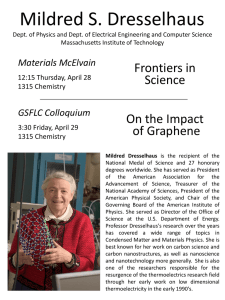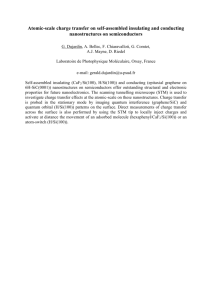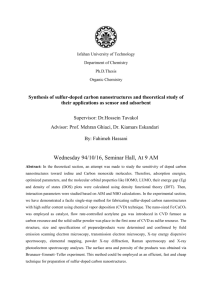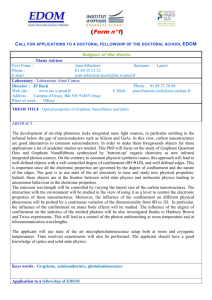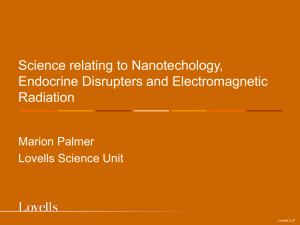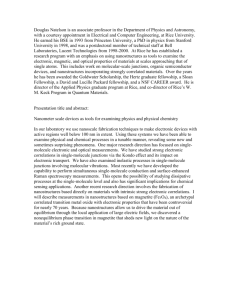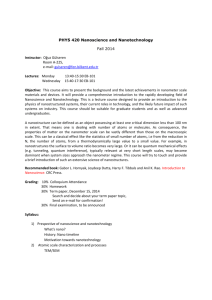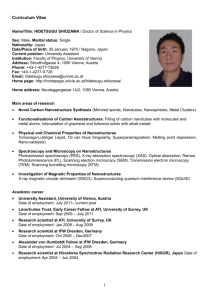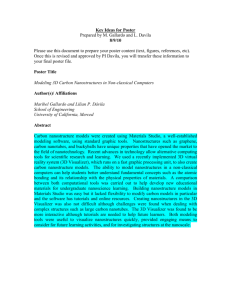dresselhaus
advertisement
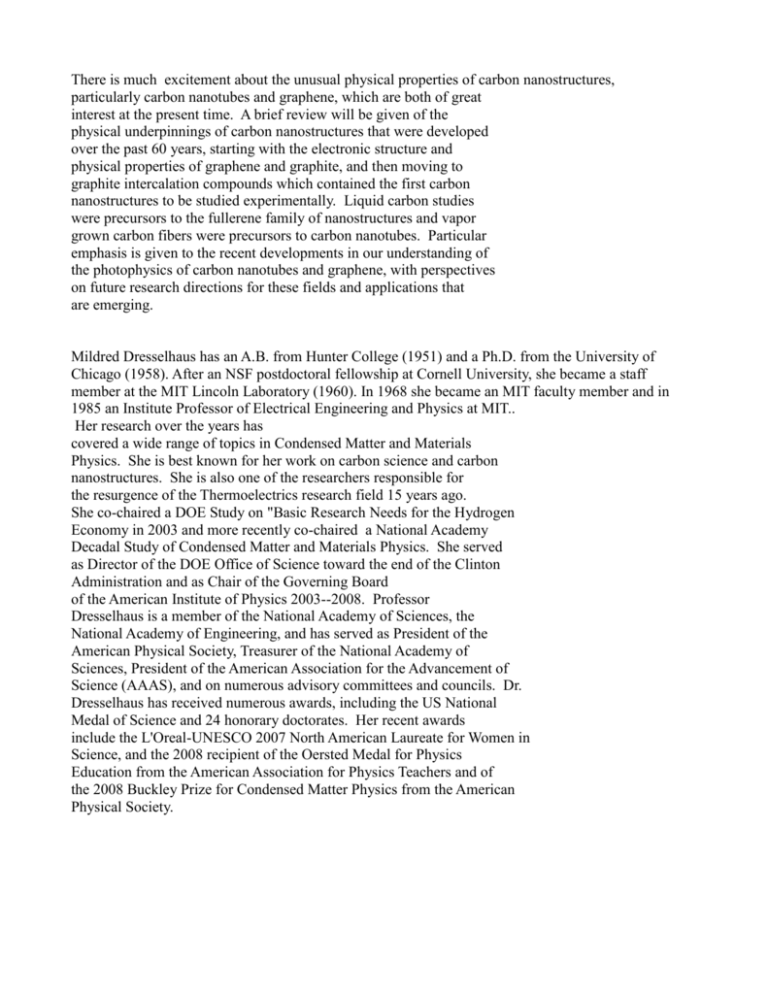
There is much excitement about the unusual physical properties of carbon nanostructures, particularly carbon nanotubes and graphene, which are both of great interest at the present time. A brief review will be given of the physical underpinnings of carbon nanostructures that were developed over the past 60 years, starting with the electronic structure and physical properties of graphene and graphite, and then moving to graphite intercalation compounds which contained the first carbon nanostructures to be studied experimentally. Liquid carbon studies were precursors to the fullerene family of nanostructures and vapor grown carbon fibers were precursors to carbon nanotubes. Particular emphasis is given to the recent developments in our understanding of the photophysics of carbon nanotubes and graphene, with perspectives on future research directions for these fields and applications that are emerging. Mildred Dresselhaus has an A.B. from Hunter College (1951) and a Ph.D. from the University of Chicago (1958). After an NSF postdoctoral fellowship at Cornell University, she became a staff member at the MIT Lincoln Laboratory (1960). In 1968 she became an MIT faculty member and in 1985 an Institute Professor of Electrical Engineering and Physics at MIT.. Her research over the years has covered a wide range of topics in Condensed Matter and Materials Physics. She is best known for her work on carbon science and carbon nanostructures. She is also one of the researchers responsible for the resurgence of the Thermoelectrics research field 15 years ago. She co-chaired a DOE Study on "Basic Research Needs for the Hydrogen Economy in 2003 and more recently co-chaired a National Academy Decadal Study of Condensed Matter and Materials Physics. She served as Director of the DOE Office of Science toward the end of the Clinton Administration and as Chair of the Governing Board of the American Institute of Physics 2003--2008. Professor Dresselhaus is a member of the National Academy of Sciences, the National Academy of Engineering, and has served as President of the American Physical Society, Treasurer of the National Academy of Sciences, President of the American Association for the Advancement of Science (AAAS), and on numerous advisory committees and councils. Dr. Dresselhaus has received numerous awards, including the US National Medal of Science and 24 honorary doctorates. Her recent awards include the L'Oreal-UNESCO 2007 North American Laureate for Women in Science, and the 2008 recipient of the Oersted Medal for Physics Education from the American Association for Physics Teachers and of the 2008 Buckley Prize for Condensed Matter Physics from the American Physical Society.
